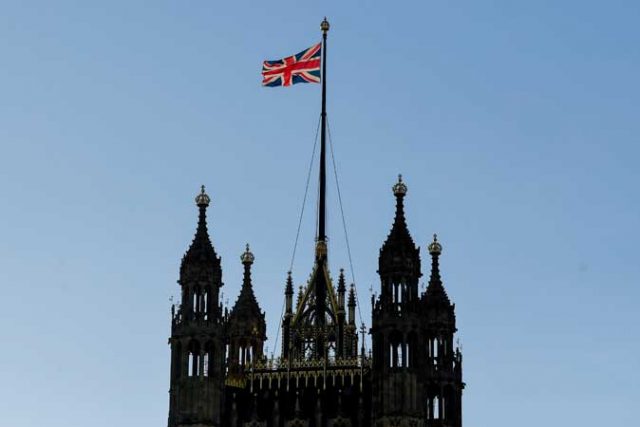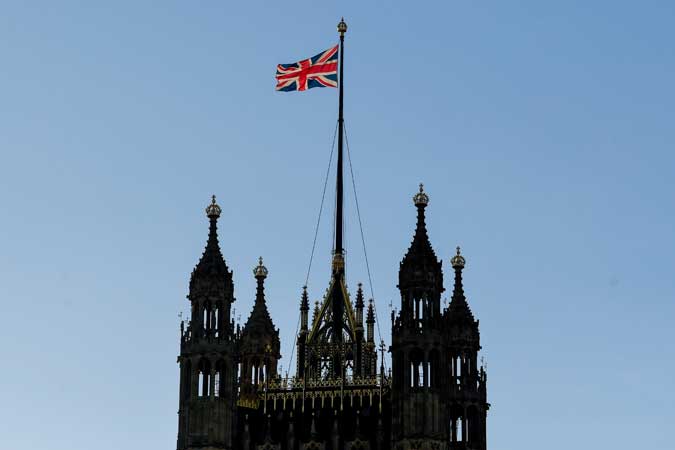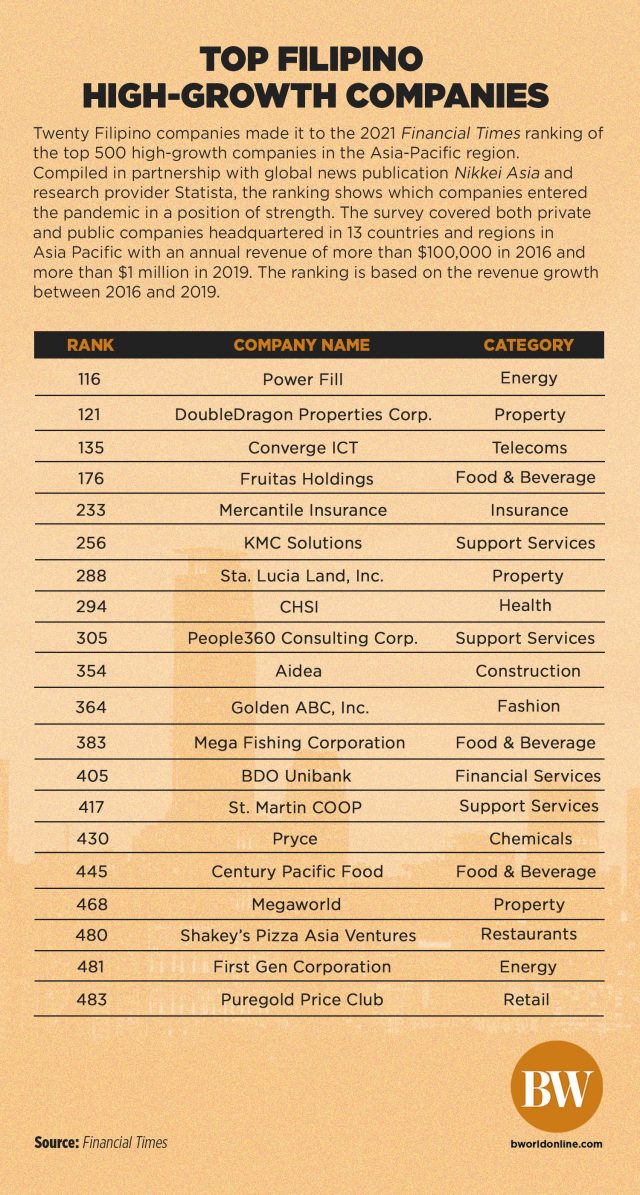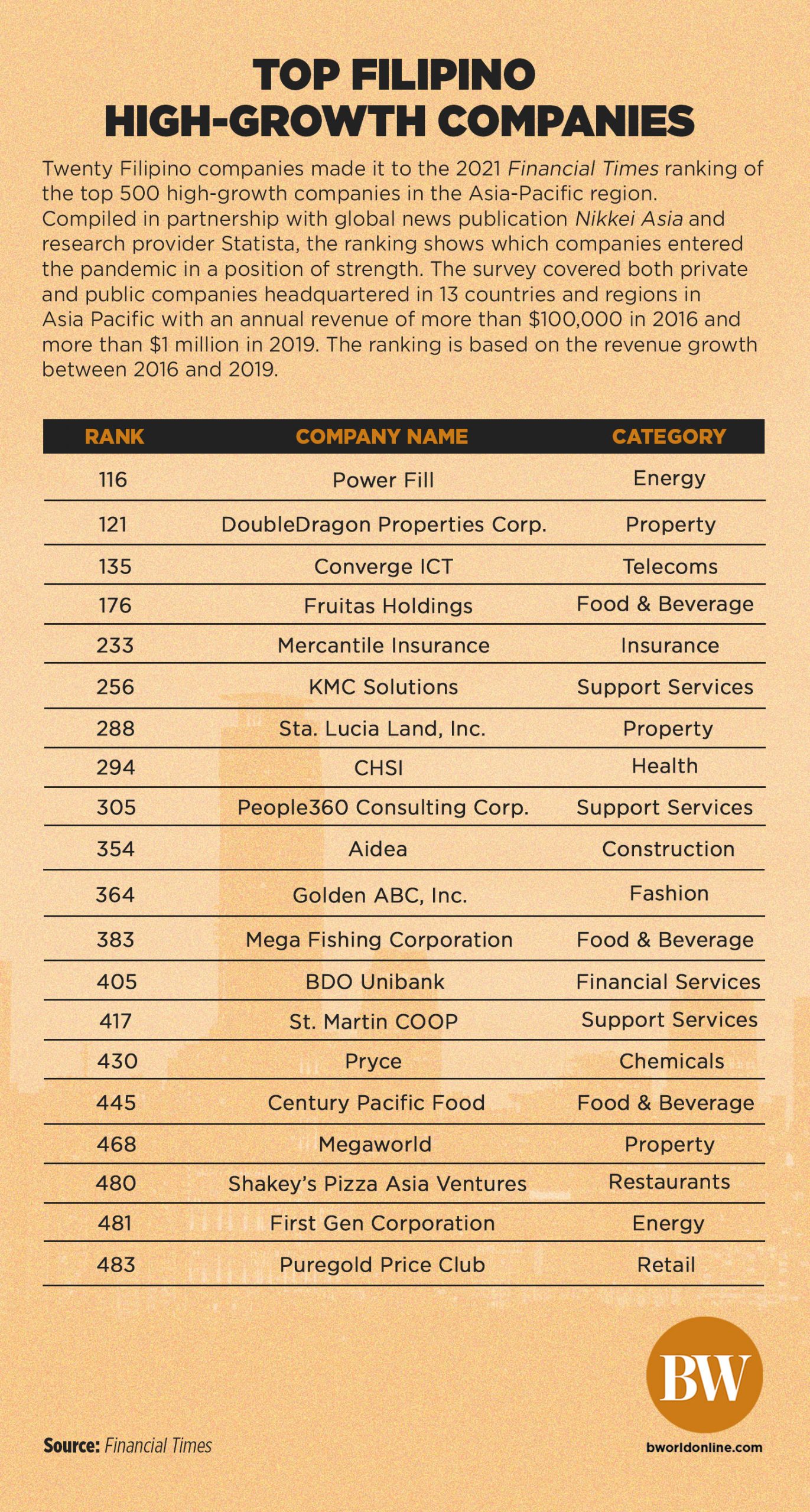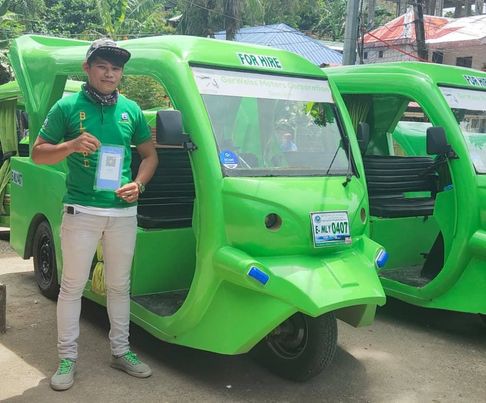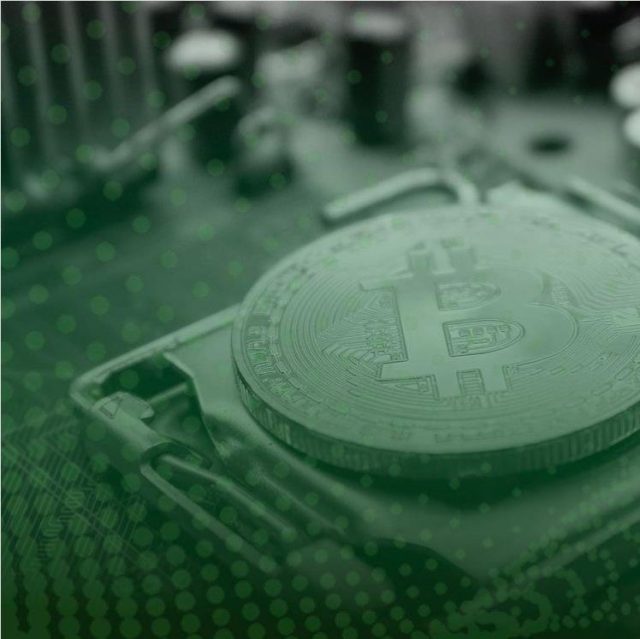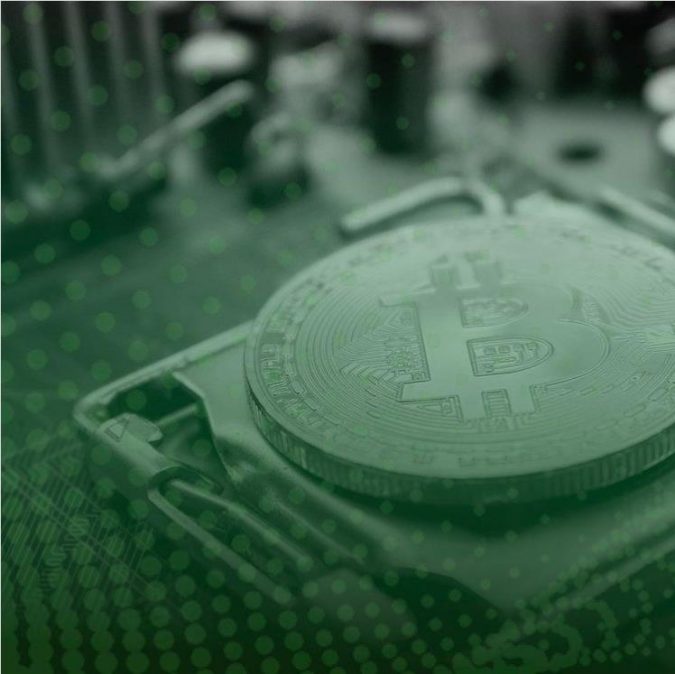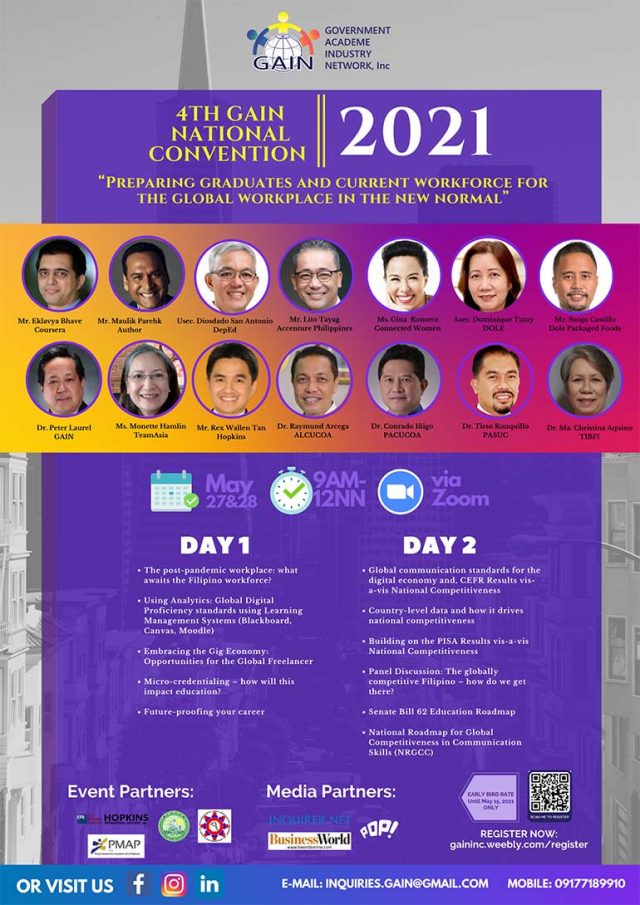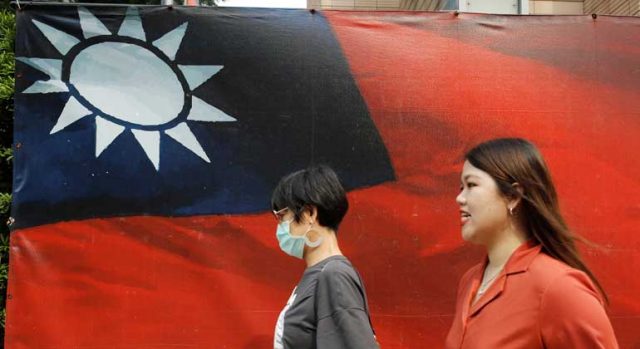Responsible mining is possible
A few days ago, I received a rejoinder from the Chamber of Mines of the Philippines (COMP), to my column last week on mining. Through its vice-president for communication Rocky Dimaculangan, COMP shares how mining companies have been managing the environmental and social aspects of their operations in line with the Towards Sustainable Mining (TSM) standard that was first used in Canada. Rocky is also the national coordinator for TSM.
Rocky assures this column that the mining sector, through the TSM program, is adopting “rigorous, independently assured standards based on multi-stakeholder oversight.” He explains that TSM was developed by the Mining Association of Canada in 2004 and is mandatory to its members. And that over the last 15 years, the program has helped to transform Canadian mines.
“TSM lays out a set of expectations or performance indicators that essentially represent global best mining practices in seven Protocols: 1.) Safety and Health, 2.) Community and IP (Indigenous Peoples) Engagement, 3.) Crisis Management and Communication, 4.) Prevention of Child and Forced Labor, 5.) Tailings Management, 6.) Water Management, and 7.) Biodiversity Conservation Management,” Rocky writes in an e-mail.
“Every year, each implementing mine will grade themselves against every performance indicator under each Protocol and will submit their self-assessment reports to COMP. We will publish such reports so that it is publicly available, which addresses the need for transparency. Every three years, each implementing mine will undergo independent external verification, where qualified verifiers will validate the self-assessment reports. They will have the authority to change performance levels in the self-assessment reports if warranted. The results of the external verification will also be published,” he adds.
The TSM effort locally, I believe, began as early as 2017. But, according to Rocky, it took COMP a number of years to orient local mines on it, and to “adjust performance indicators to ensure that they are consistent with our local laws, rules and regulations.” Of course, any global standard for best practices for any industry must always consider or take into account the peculiarities of the local regulatory environment.
The TSM program was rolled out by COMP in 2020, starting with “voluntary reporting of self-assessment reports, to allow implementing companies to conduct gap analysis and adjust their procedures and practices accordingly.” Rocky assures particularly those still skeptical of whether local mining companies are doing things right that “mandatory reporting will commence [2022], while external verification and publication of the self-assessment reports in our website will begin in 2023.”
The TSM program, to me, is a move in the right direction. TSM is also working with IRMA or the Initiative for Responsible Mining Assurance, which I have been pushing for since 2017. IRMA is a private sector-led, multi-stakeholder consultative initiative that uses “a multi-stakeholder and independently verifiable responsible mining assurance system that improves social and environmental performance.”
According to Rocky, TSM has a formal partnership with IRMA “to create more effective interoperability between these two standards.” They are working on an Integrated Audit Protocol, he said, to integrate the requirements of their respective standards into a single audit protocol. Meantime, COMP members have agreed to voluntarily adopt TSM standards.
He also says in his e-mail that local miners are moving to “operate beyond mere compliance and use best practices,” and have likewise subscribed to the Extractive Industries Transparency Initiative, or EITI, to “further demonstrate our commitment to the highest standards of transparency and accountability in business.”
All these efforts bode well for the local mining industry, I believe. I consider crucial in particular the mandatory reporting by 2022 of miners’ compliance with TSM standards. Self-policing and self-regulation through voluntary reporting can only go so far. But, making reporting mandatory, with reports publicly published, by 2023, allows for better transparency and accountability.
Rocky says the key strength of TSM is that it requires a national multi-stakeholder body called the Community of Interest (COI) Advisory Panel to be established in each implementing country. In our case, the Philippine COI Panel includes representatives from labor, environment, civil society, academe, finance, law, indigenous peoples, the Catholic church, and mining.
A list provided by Rocky show members of the Philippine COI Panel are Rogelio Francisco M. Bantayan, Jr., Executive Director of the National Commission for Indigenous Peoples; UP Professors Carlos Primo David and Cielo Magno; Ateneo Dean Ronald Mendoza; ex-DENR Assistant Secretary Edwin G. Domingo; Catholic priest Jerome Marquez of the Society of Divine Word; lawyer Jose V. Mejia; environmental management professional Liezyl Liton-Relleta; labor leader Gerard R. Seno; broadcast journalist Luchi Cruz-Valdes; and finance professional Alexis Benjamin C. Zaragoza III. Albay Governor Al Francis Bichara has begged off from the panel, Rocky said, and the COI panel is still deliberating on his replacement as the representative for local government units. Ex-officio members of the panel are Chamber of Mines directors Euls Austin, Gerard H. Brimo, and Gloria Tan Climaco.
I choose to publish the names of the members of the COI panel for the sake of transparency, and to be clear as to who may be involved in the process of ensuring that local mining operations meet TSM standards. In a way, the same COI panel will surely have a say on policy direction for the industry, and will probably chime in on any proposed legislation or regulation affecting the industry.
And, as Rocky notes, “The COI Panel can, on a random basis, ask implementing companies to come before them to discuss their TSM results and respond to a series of questions. In the experience of Canada, this has proven to be tremendously valuable because miners get to engage and find out what issues are of concern and interest to the members of the Panel given the different backgrounds they bring to the table.”
I consider this an important factor, although I am unclear as to what extent the COI Panel as well as COMP can actually police its ranks and compel compliance among its members. One factor to consider is the COMP or COI Panel’s authority to censure or to impose penalties on erring or non-compliant miners, and how COMP and the COI Panel can work with government regulators in this regard.
“Responsible mining does exist in our country,” Rocky assures. But, he adds, “the one problem we see in our country is that there are a number of unregulated, largely illegal operations around our country that affect the image of the formal large-scale sector, since the public in general does not distinguish between the two.”
Indeed, the industry can only go so far in terms of combating illegal mining operations. This is more the responsibility of the government. One can only hope that government regulators are up to the task of cleansing the mining industry ranks of illegals, misfits, and scalawags. In the end, strict compliance with standards by legitimate miners may just be for naught if illegal operations will just persist.
Marvin Tort is a former managing editor of BusinessWorld, and a former chairman of the Philippine Press Council





